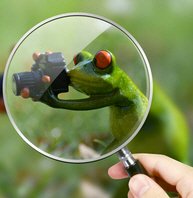All facts about Government of Denmark
Government of Denmark
All facts about Government of Denmark.
Long form - Kingdom of Denmark
Short form - Denmark
Local long form - Kongeriget Daanmark
Local short form - Danmark
( amter, singular – amt ) and 2 boroughs
(amtskommuner, singular – amtskomunes ):
Arhus, Bornholm, Fredericksberg, Frederiksborg, Fyn, Kobenhavn, Kobenhavns, Nordjylland, Ribe, Ringkøbing, Roskilde, Sonderjylland, Storstrom, Vejle, Vestsjalland, Viborg.
Also Faroe Islands and Greenland, which are part of the Kingdom of Denmark.
They are self-governing administrative divisions.
There was a major overhaul 5th June 1953 allowing for a unicameral legislature and a female chief of state.
( queen since 14 January 1972 )
Heir Apparent Crown Prince FREDERIK, elder son of the monarch
( he was born 26 May 1968 ).
( prime minister since 27 November 2001 )
Following legislative elections, the leader of the majority party of the leader of the majority coalition is usually appointed prime minister by the monarch.
(judges are appointed by the monarch for life ).
I started this site without any HTML knowledge in 2006, when I was exchange student in Denmark.
This would never happend without Site Build It! Super Software. Thank you SBI!
"I now have a business that I can grow over the years. A business that
is fun. I'll never do a 9 to 5. I'll always own my own life. That, more
than money, more than learning about the Web, more than learning how to write well, that is the most
important thing I've
learned from SBI!. Own your own life. If you don't, what's the
point?" Click here to read more...






